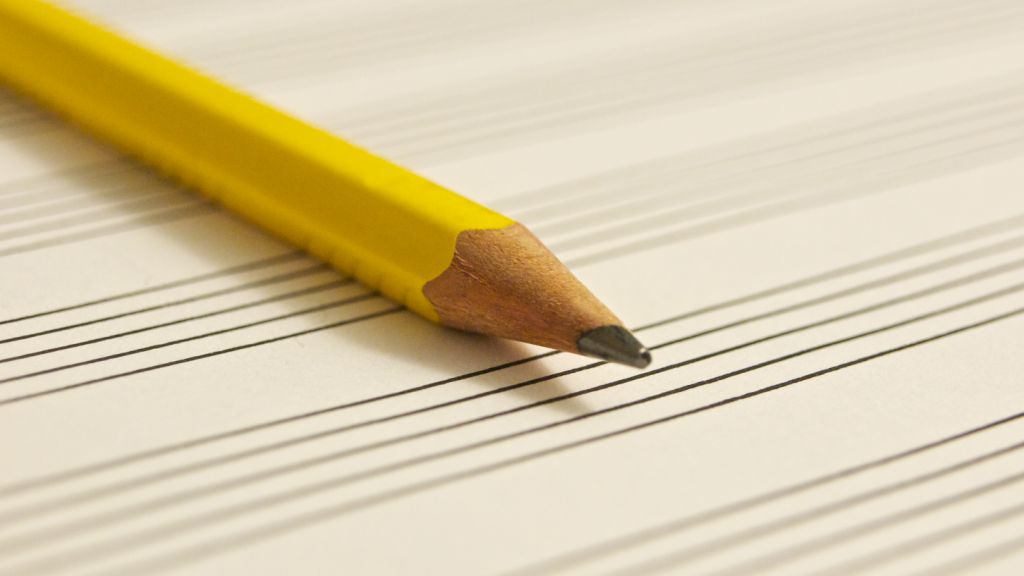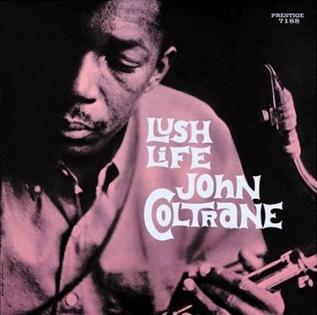I remember trying to play along with recordings in high school (I fell in love with the melody to Desafinado and tried to figure it out), but it wasn’t until I got into college that I set out to methodically transcribe parts of solos or entire solos. The pause and rewind buttons were my best friends. In fact, the printing on the pause and rewind buttons of the boombox I schlepped to the practice room each day are mostly worn off from use!
For my students, I recommend the following process to begin transcribing a solo:
- Listen to the solo many times to become familiar with it. You will eventually be able to sing or hum the solo even without the recording.
- Begin by just trying to hear the first note. Hit the pause button right after the first note is played, such that you can still hear it ringing in your tonal imagination
- Try singing the first note. Once you can accurately sing the note, you’ve got it made; keep singing the note and try to find it on your instrument.
Repeat the process to get the second note, the third note, etc. You may find that you are soon able to hear several notes or whole phrases at a time. Stick with it; like most things worth doing in life, it takes time and practice to gain skill.

